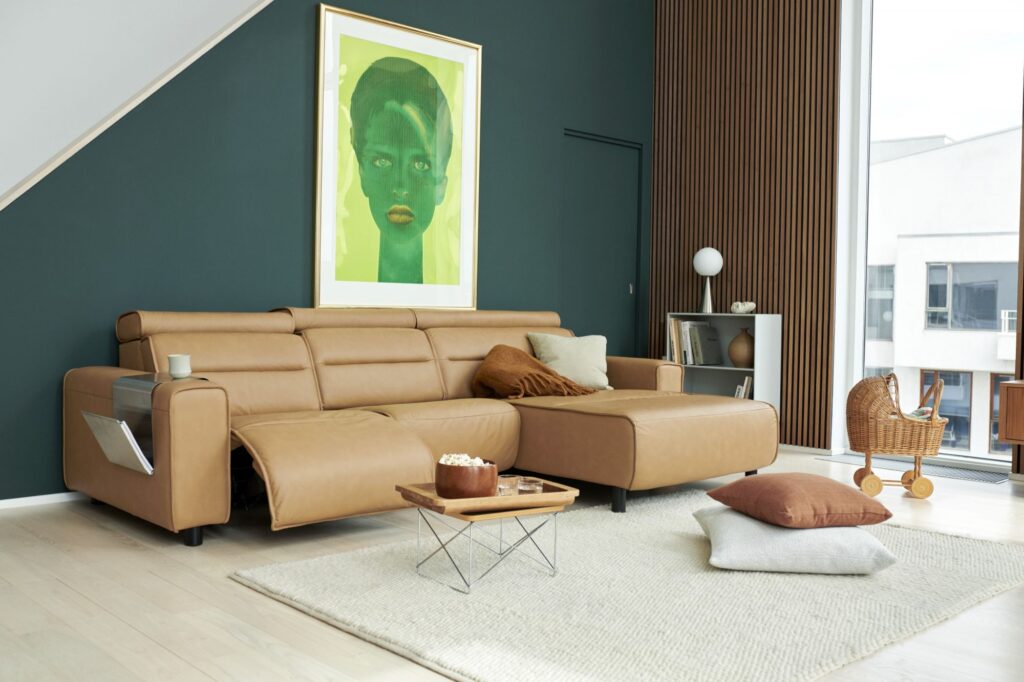Six Ways to Enhance Your Home Spaces Using Color and Light with Copenhagen Imports in Texas and Arizona


Sometimes, a room craves a pop of color or burst of natural light; and in many cases, even very subtle light and color additions or changes can energize or enhance an interior space. Here, interior designer for Copenhagen Tucson, Maurice Brantley, offers six do’s and don’ts when it comes to working with color and light in your home.
First, control lights with a dimmer. Brantley is a big believer in dimmer switches, particularly for overhead lights. Dimmers let you use brighter light for cooking in the kitchen or putting on make-up in the bathroom, but then add ambiance with reduced light when entertaining in a living room. Add bulbs made with phosphor for less of a yellow glow to make a space even more welcoming, he suggests.
Second, try the “can light” trick. While canister lights are typically embedded into ceilings, some are designed to be hung or placed within the home. Brantley likes to set one on the floor in the corner of a room. Then, he’ll place a plant, a sculpture, or piece of art in front of it. He’ll turn the light on in the evening when he’s entertaining and allow the can light to highlight the object or plant. “It’s amazing, just having that little bit of light coming from a corner. It’s subtle and it adds some aura and mystery as you dine, relax, or converse,” he adds.
Enjoy a splash of accenting color by adding pillows. They’re inexpensive and can easily be changed out later on, if needed. You can also complement larger furniture with bright smaller pieces like lounge chairs, lamps, occasional tables, and benches. In his own living room, Brantley uses a bright yellow chair in a room with two black leather sofas. “It can add that little happy spot to the room and it balances the look of the leather,” he says.
Materials like hand-blown glass or crystal create statement pieces that reflect and absorb the light and colors of furnishings and accessories in a room. Brantley also looks to brightly-colored vases for “a touch of whimsy” in certain spaces. Artwork, sculptures, and photo frames can also add color that draws attention to an area of the room. If you’re looking for a mixed-media option, consider a wall sculpture that, in addition to bringing a metallic glint, adds depth, texture, and shine to a space.
When shopping for window coverings, find ones that have actual filters to soften light entering a room. It’s natural to want abundant natural daylight, but sometimes harsh UV rays can make spaces too bright and even damage furniture or artwork. Brantley has seen cases where strong, unfiltered light has changed the color of leather over time. To bring out specific hues in the room, consider coverings that have similar undertones to the color you’d like to emphasize.
There’s a growing trend to paint rooms white again, Brantley has found. While some situations – such as wanting to highlight art, furniture, or rugs, or creating a gallery wall arrangement – might work with white walls, make sure white is what you really want. Pure white can give a very stark feeling to a space, something the occupant may not have anticipated. Sometimes, a wall in a light beige or earth tone can bring warmth and an added feeling of comfort to your surroundings.
Lastly, painting a room or an accent wall is an obvious way to add color. Brantley encourages his customers to utilize the apps paint manufacturers have created to help with color choice. Some companies, such as Sherwin-Williams or Dunn-Edwards, have apps that allow you to load a photo of your room into them to see how the color actually looks in the space.
That said, before you paint, it’s still important to take the color for a test run. Get the largest color cards available or buy a sample container and paint a section that’s a few square feet large. In addition, pay attention to sheen, Brantley added. When light comes into contact with a paint, the color can change depending on how the sheen absorbs and reflects the light. Consider whether the wall color may cast the color of your sofa or chairs in a different light.
“I tell clients to live with the color for at least 48 hours and see how it looks at different times of day,” Brantley says. “It’s amazing how much a color can change from the early morning to the evening.”
These six do’s and don’ts are a great starting point to help you revitalize and enhance your home. For more tips on how to work with color or to find accessories that are perfect for your space, browse our collection online or at a store near you!
Notifications